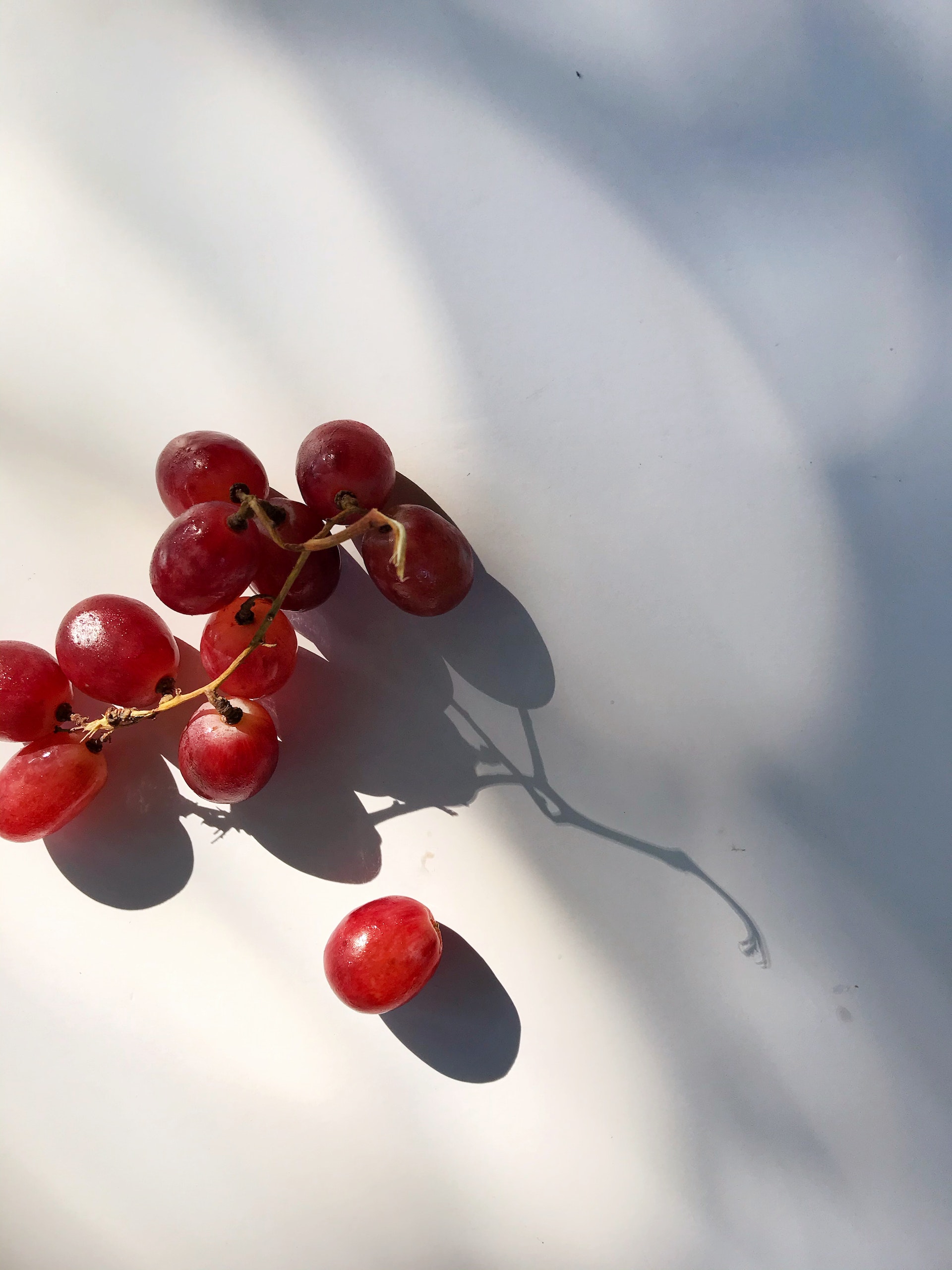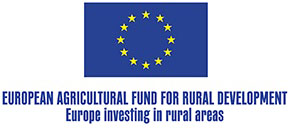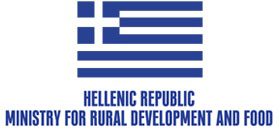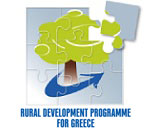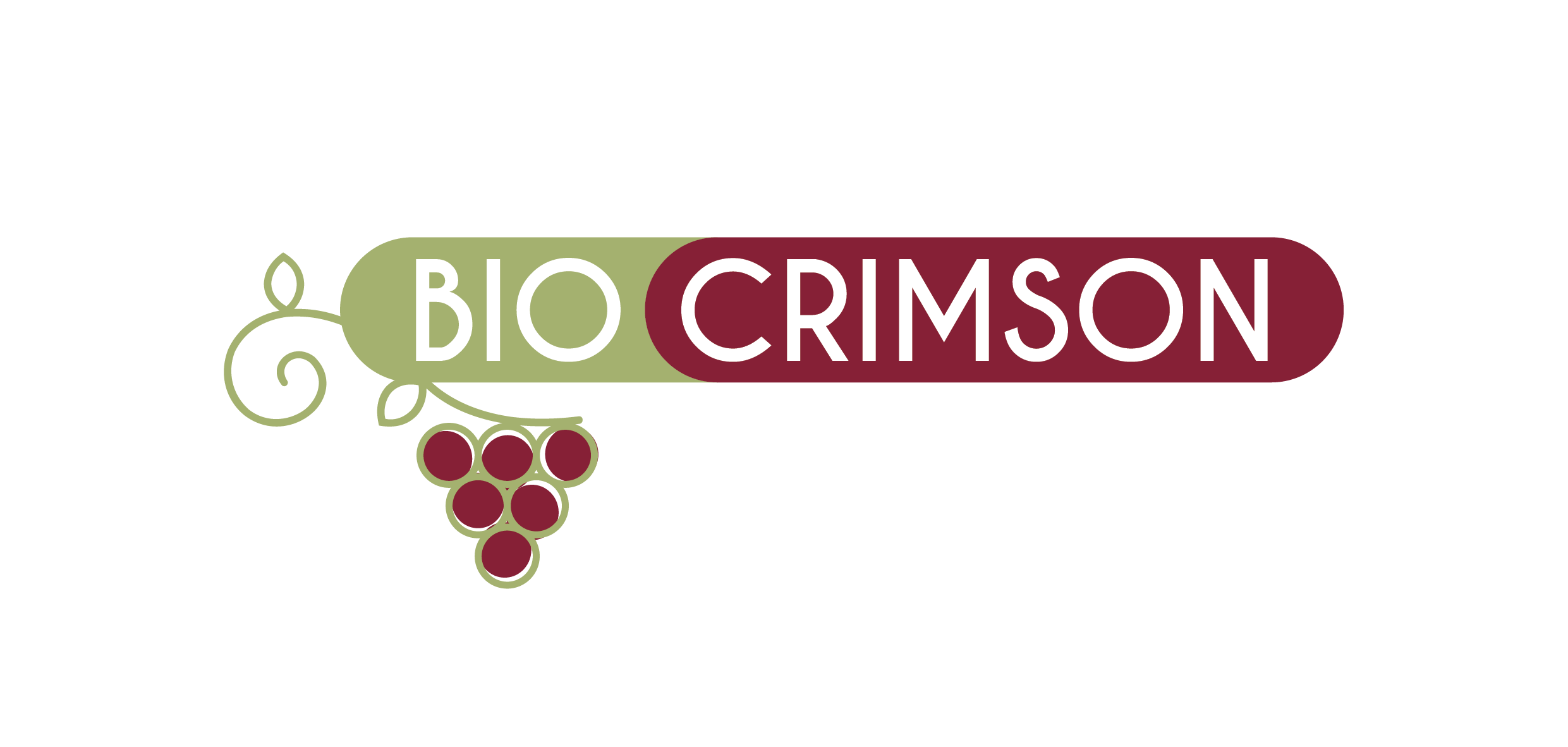Home – English
Qualitative and quantitative upgrading of table grape production through the optimization of biostimulants application with the application of metabolomics
Funding Framework
The pilot project of the Operational Group “BIO-CRIMSON” is financed by Action 2 “Implementation of the Operational Plan (project) of the EIP Operational Groups for the productivity and sustainability of agriculture” of Submeasure 16.1-16.2 “Establishment and operation of Operational Groups (OG) of the European Innovation Partnership (EIP) for the productivity and sustainability of agriculture” (Project Code: M16SYN2-00148). This specific action is implemented within the framework of the Rural Development Program (RDP) of Greece 2014-2022 co-financed by the European Union – European Agricultural Fund for Rural Development (EAFRD).
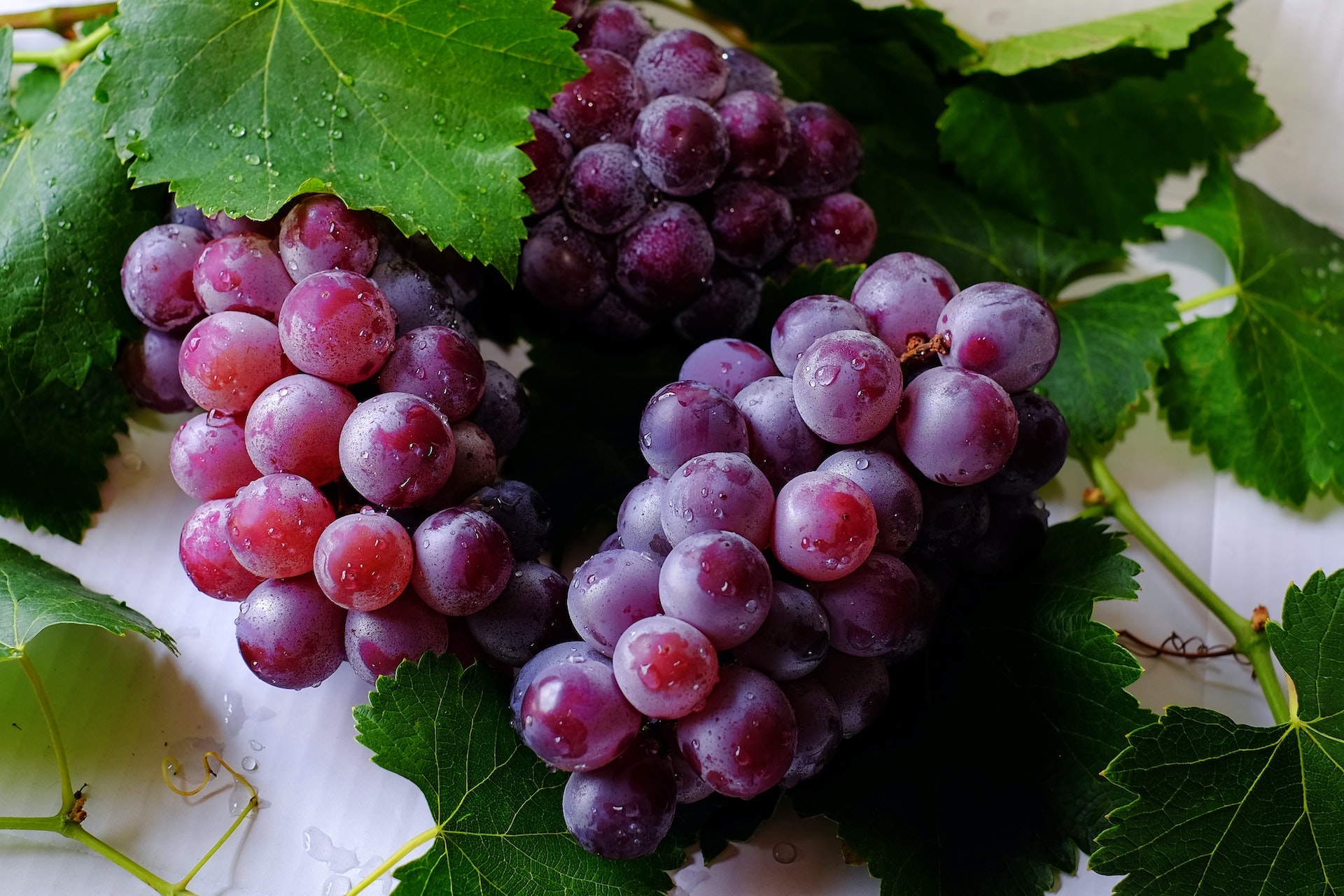
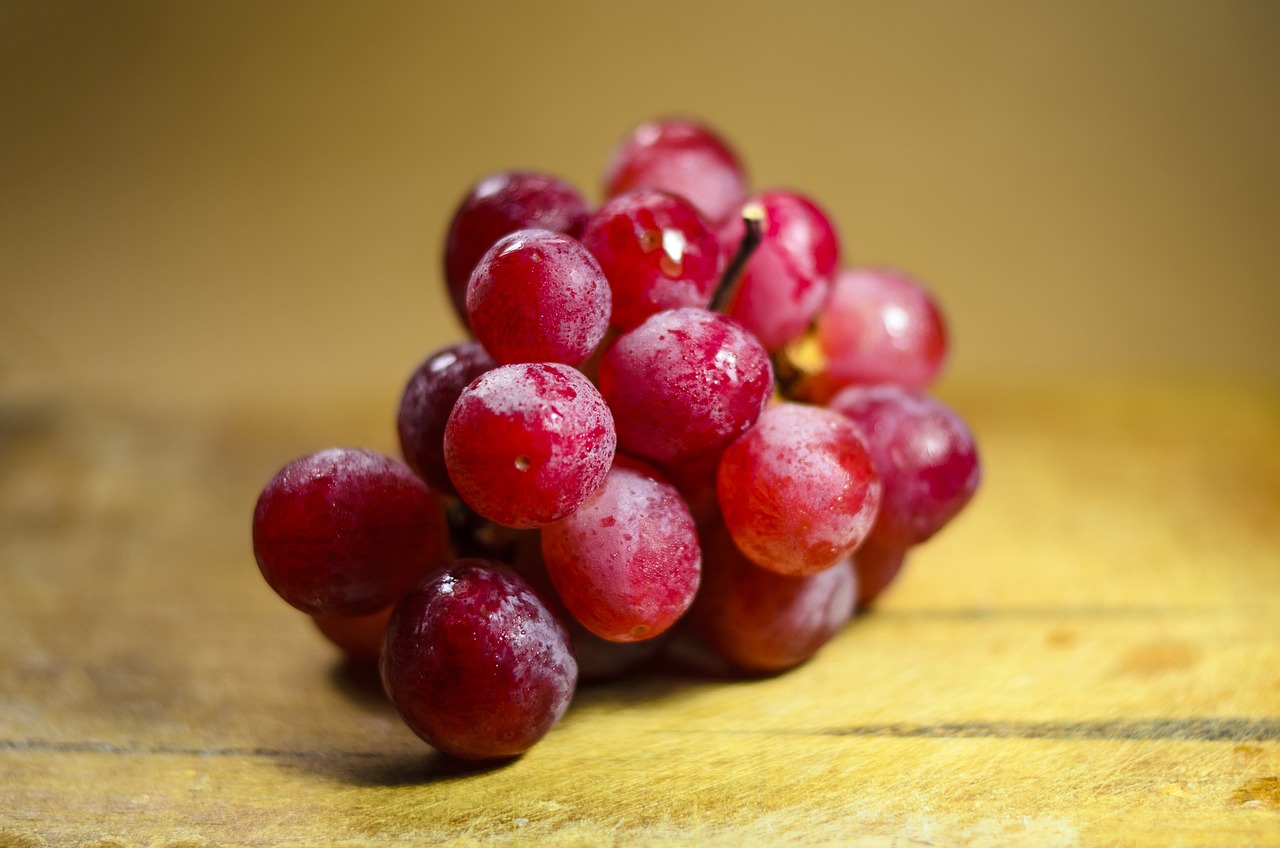
Themain purpose of the work of E.O.
The main purpose of the work of the “BIO-CRIMSON” Operational Group is the qualitative and quantitative upgrading of the production of table grapes through the development of a modern personalized vine plant protection program based on biostimulators, which will lead to the reduction of inputs. This will be achieved by the application of the innovative methodology of metabolomics and is expected to lead to a reduction of production losses and inputs from Plant Protection Products, contributing to the support of the improvement of the quality and sustainability of the crop.
Object and Objectives
Table grapes are one of the most important exportable agricultural products of Greece, with production amounting to 300 thousand tons per year, corresponding to revenues of 140 million euros. Among the cultivated varieties, those without gigart, such as the variety Crimson, are constantly gaining ground. At the European level, Greece is the 3rd largest producing country, occupying a 21% share. The Regional Unit of Corinthia is one of the main wine-growing areas, with Pegasus Agrifood Coop being an innovative Agricultural Cooperative.
However, significant production losses from enemies and pathogens, the presence of Pesticide residues and the recent increases in the prices of inputs such as Pesticides and fertilizers, are a brake on the further development of the sector. In this context, biostimulants, in recent years, have emerged as an important plant protection factor, but their effective use remains in demand. Therefore, it becomes imperative to optimize and develop a modern personalized vine plant protection program based on biostimulants, which will simultaneously lead to the reduction of inputs.
This will be achieved by the application of the innovative methodology of metabolomics and is expected to lead to a reduction of production losses and inputs from Plant Protection Products, contributing to the support of the improvement of the quality and sustainability of the crop.
